Cult Shop: the Lisbon tea shop with explorer spirit
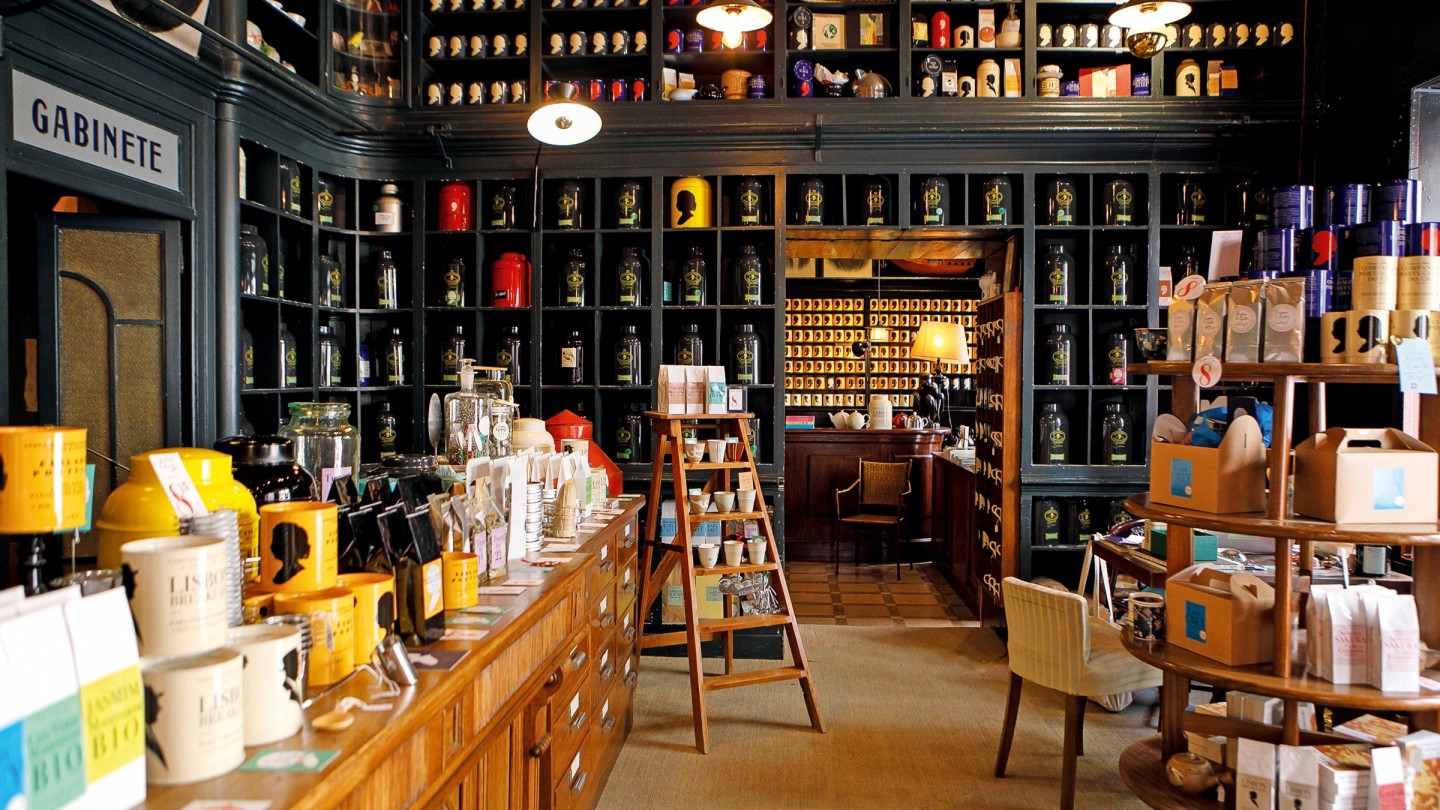
Roula Khalaf, Editor of the FT, selects her favourite stories in this weekly newsletter.
My customers often tell me they can smell the shop from down the street,” says Sebastian Filgueiras, the founder of Companhia Portugueza do Chá tea shop in Lisbon’s historic São Bento district. “They come in and ask what it is they can smell, and I tell them they will have to buy one of each tea…”
This is the only tea shop in Lisbon that blends teas in situ, in what Filgueiras calls his “lab”. Leaves are sourced from Portugal, China, Taiwan, Japan, India, Vietnam, Rwanda, Korea and Nepal and, working in small batches, Filgueiras measures and blends them, adding in organic flowers and dried fruits from Portugal.
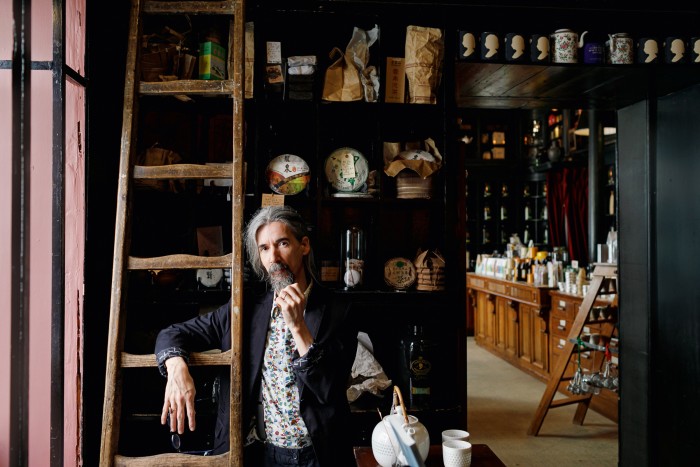
Having trained under esteemed British tea sommelier Jane Pettigrew, Filgueiras is schooled in the classic art of blending, but his approach is unconventional. Several of his blends are named after little-known historical figures credited with strengthening Europe’s ties with East Asia. The well-travelled 16th-century friar Gaspar da Cruz, for example, wrote one of the first European accounts of China, and Filgueiras created Gaspar (£6.90 for 100g) – a blend of black tea with notes of lychee and peach – “as a tribute to his journeys”.
Earl Grey Portugal (£6.89 for 100g) is one of the most popular products. “It’s blended with Portuguese bergamots that we peel and dry ourselves,” Filgueiras says. Another bestseller is Lisbon Breakfast (£5.17 for 100g) – a blend of black tea from the Azores and Sri Lanka. “It’s the best of two worlds,” says Filgueiras. “An exceptionally luminous cup of tea.”
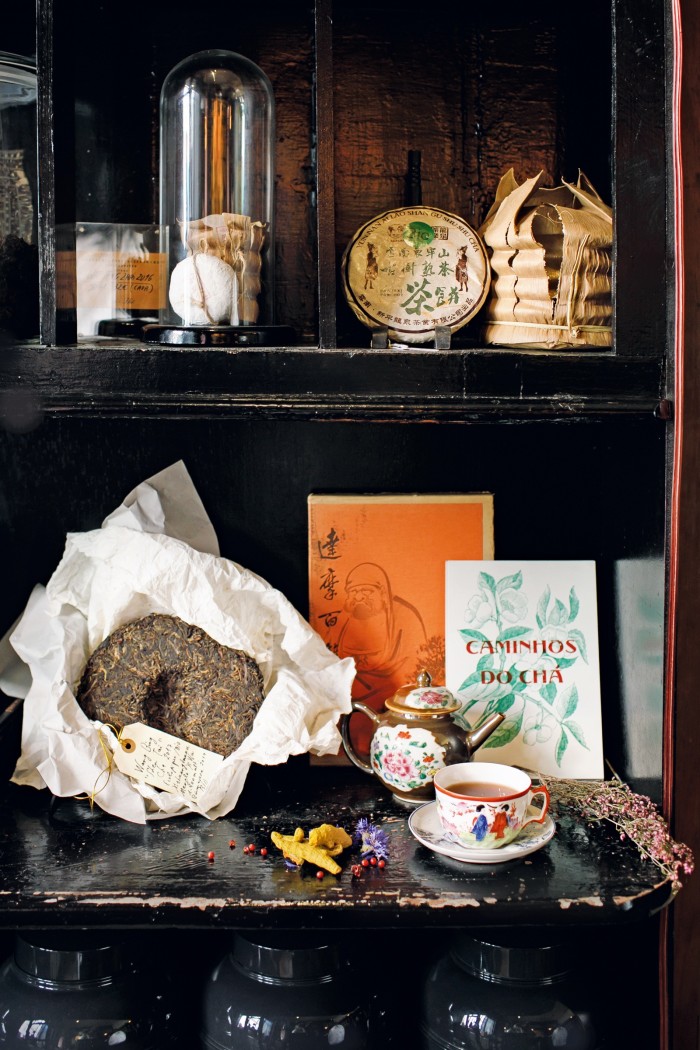
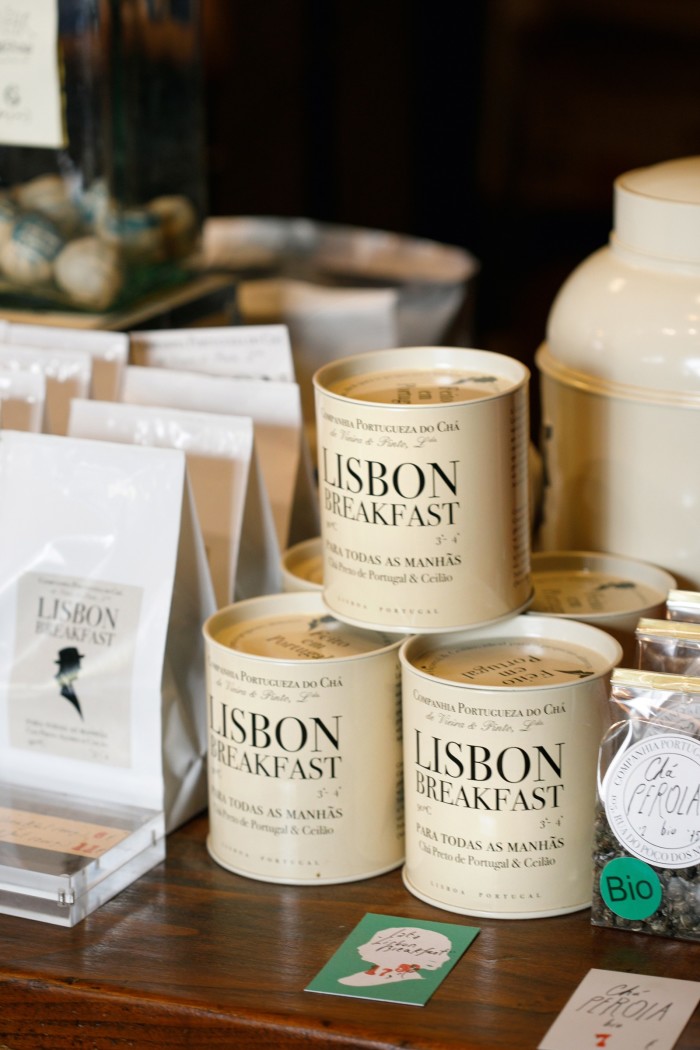
The mosaic-fronted store dates back to the 1880s and the reign of King Luís I, when it was a shoe shop. Filgueiras now rents the space from the elderly son of the shop’s first owner. When he took on the lease in 2014, the shop’s 19th-century fittings were concealed behind painted white panels. “We stripped everything away to expose the original interiors,” he says of their redesign. Fortunately, the Brazilian hardwood display shelves were the right size for Filgueiras’ tins of loose-leaf tea, and he repainted them a historically accurate shade of velvet black.
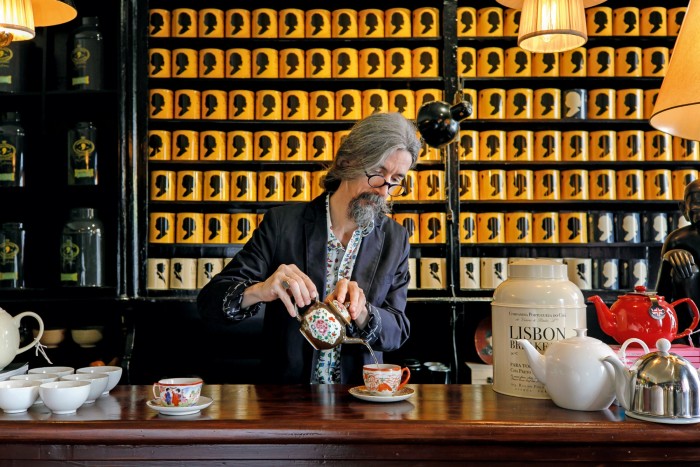
The shelves are stacked with rare white teas, dan congs (Chinese oolongs picked from a single bush) and fermented teas known as pu-erhs, including a 1998 batch from Hong Kong (£25.84 for 50g). “These are very earthy, woody teas with a flavour similar to mushrooms, soil and tobacco leaves,” says Filgueiras. “The first time you try it, you’ll find it very strange. Try it a second or third time, you’ll find it has an incredible flavour.”
The distinctive packaging – tangerine or Klein-blue tins – features a cameo of Catherine of Braganza, the Portuguese princess and English queen who is credited with introducing tea to the British public. “The story goes that she brought a casket of Chinese tea with her on her journey to England, which she drank throughout to prevent travel sickness,” Filgueiras explains. “The custom quickly spread throughout the country.”
Companhia Portugueza do Chá supplies Portuguese hotels and Michelin-starred restaurants with its blends; the rest of its custom comes via an online store, loyal locals and curious pedestrians. “We have many clients who come here just to buy a little bit of Rooibos for their grandmothers,” says Filgueiras. “But we soon see them coming back for themselves.”
Rua Do Poco Dos Negros 105, 1200-342 Lisbon, companhiaportuguezadocha.com, @companhia.portugueza.do.cha
Comments